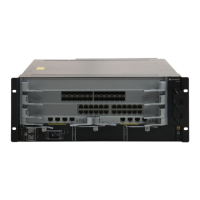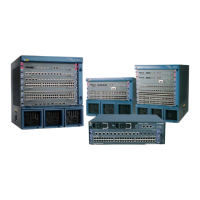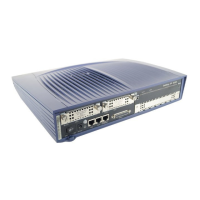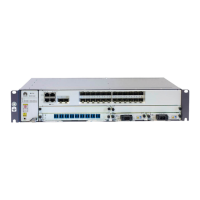Figure 10-2 Networking diagram for an open ring running SEP
VLAN/VPLS
LSW1
LSW2
LSW3
LSW4
LSW5
CE
No-Neighbor Primary Edge Node
Block Port
SEP
Segment
VLAN/VPLS
LSW1
LSW2
LSW3
LSW4
LSW5
CE
SEP
Segment
No-Neighbor Secondary Edge Node
Primary Edge Node
Secondary Edge Node
l SEP segment
A SEP segment is the basic unit of SEP. A SEP segment is composed of multiple
interconnected Layer 2 switching devices configured with the same SEP segment ID and
the same control VLAN ID.
A SEP segment corresponds to a ring-shaped or line-shaped Ethernet topology. Each SEP
segment has a control VLAN, edge interfaces, and common interfaces.
l Control VLAN
In a SEP segment, the control VLAN is used to transmit only SEP packets.
Each SEP segment must be configured with a control VLAN. After being added to a SEP
segment configured with a control VLAN, an interface is added to the control VLAN
automatically.
Different SEP segments can use the same control VLAN.
Unlike a control VLAN, a data VLAN is used to transmit data packets.
l Node
A node is a Layer 2 switching device added to a SEP segment. Only two interfaces on a
node can be added to the same SEP segment.
l Interface role
As defined by SEP, interfaces are classified into common interfaces and edge interfaces.
Quidway S7700 Smart Routing Switch
Configuration Guide - Ethernet 10 SEP Configuration
Issue 01 (2011-07-15) Huawei Proprietary and Confidential
Copyright © Huawei Technologies Co., Ltd.
492

